Visiting LIFE WolFlux in Portugal and learning from other EU LIFE funded projects
Claudia Bell, conservation project officer for Saving Wildcats, recently spent some time in Portugal to see what lessons she could learn from a successful project there to promote coexistence between wolves and humans.
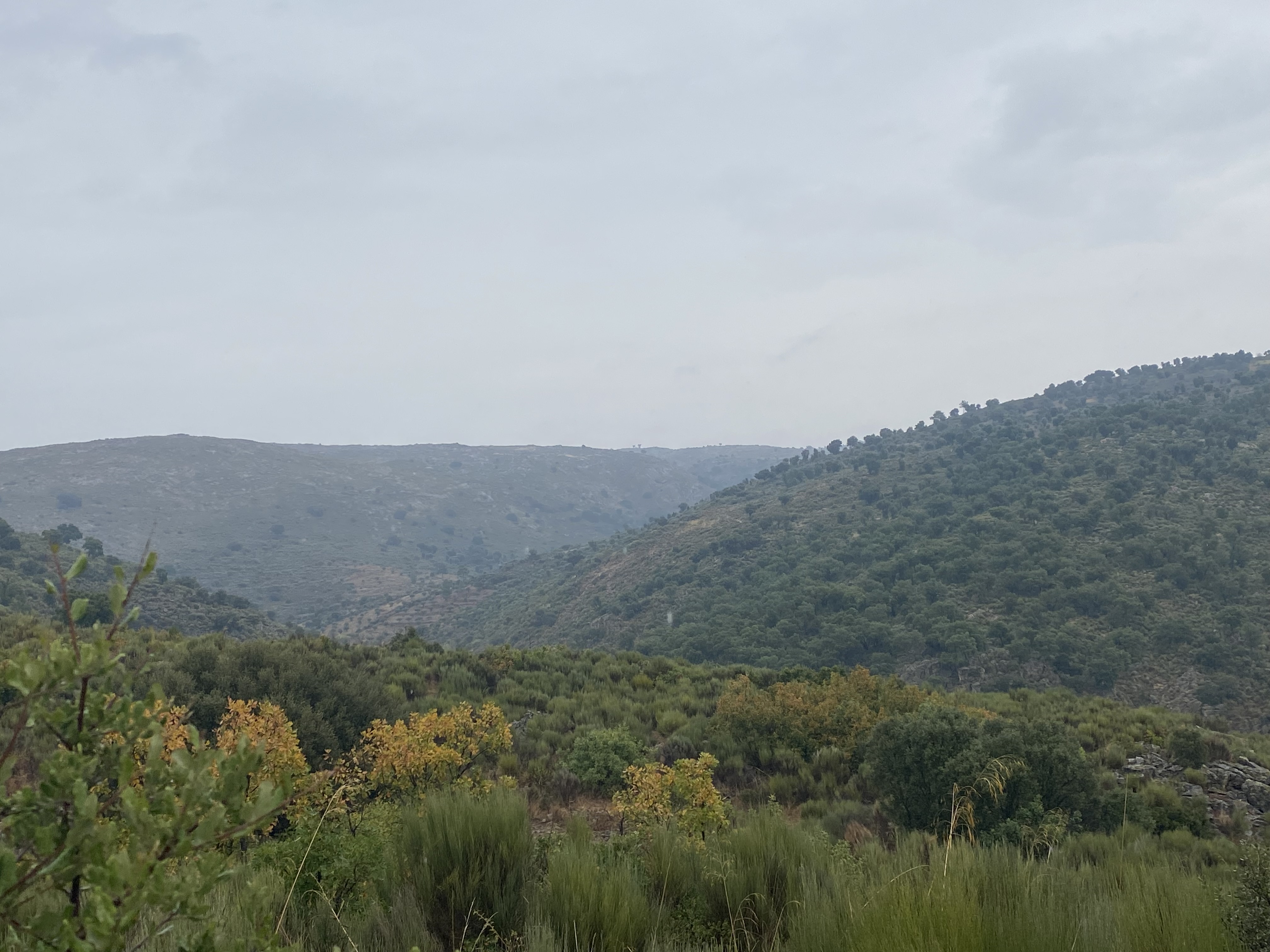
I recently visited the Rewilding Portugal team in Guarda, Portugal, to learn more about the work of LIFE WolFlux, an EU LIFE funded project aiming to promote the ecological and socio-economic conditions needed to support the viability of the Iberian wolf subpopulation south of the Douro river.
I travelled on 23 September to Guarda and then settled in for three full on days in the Côa Valley, south of the Douro River. I was incredibly grateful to be able to have this opportunity, having been granted an individual development award from the Royal Zoological Society of Scotland, lead partner of Saving Wildcats.
Day one started wet and dreary. Looking out the window and the downpour of rain I would’ve thought I was in the Highlands, not Portugal! Not letting the weather get me down, I headed to the office to meet Marta and Pedro for our day in the field.
We visited two sites managed by Rewilding Portugal, Ermo Das Águias and Paul De Toirões. Both sites were very different, the former was a mountainous landscape with evidence of the impact of wildfires on the understory. Natural grazing, fulfilled by a herd of wild native horses known as sorraias (which I was lucky enough to see!), help minimise the risk of wildfires. Thankfully, the rain held off for a while and we were able to take a walk through the site, walking down the valley to the river and stopping along the way to see a man-made spring. We also took some time to look for griffon vulture nests on the cliffs on the other side of the valley, but sadly we didn’t see any!
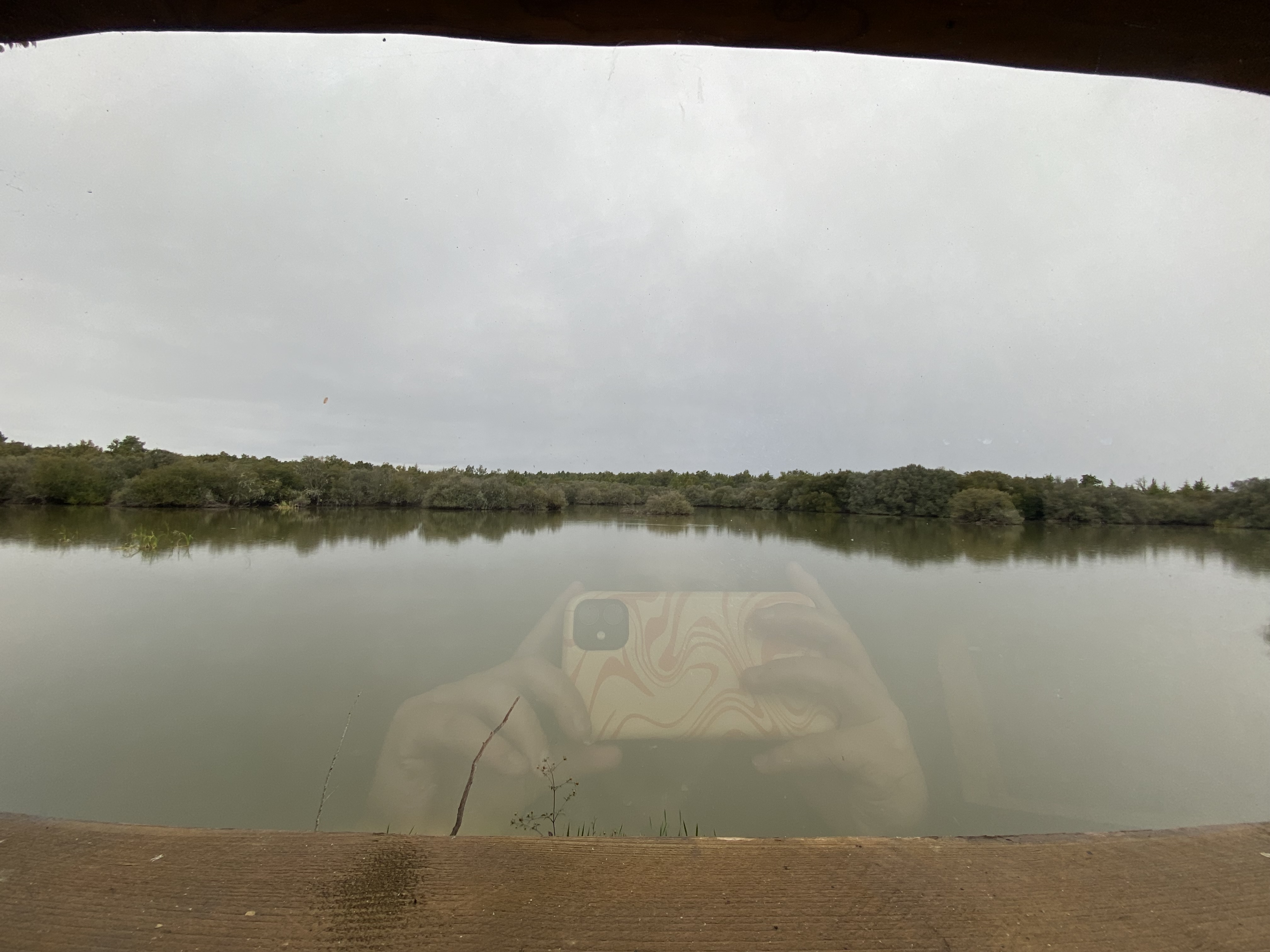
The latter is an old mining region with a mosaic of different waterways. Excitingly, this was the site where a wildcat was recently captured on a camera trap!
Hoping for a glimpse of a wildcat ourselves (or even some evidence that they had recently been around), we went looking for wildcat scat. Although we did find some scat, it was rather dried out, meaning we could not be certain that it had come from a wildcat. However, the sheer volume of scat in the area showed us that many species were using the are, not just wildcats.
The aim of both landscapes is to create an oasis for wildlife and a corridor following the Douro River to connect the North and South.
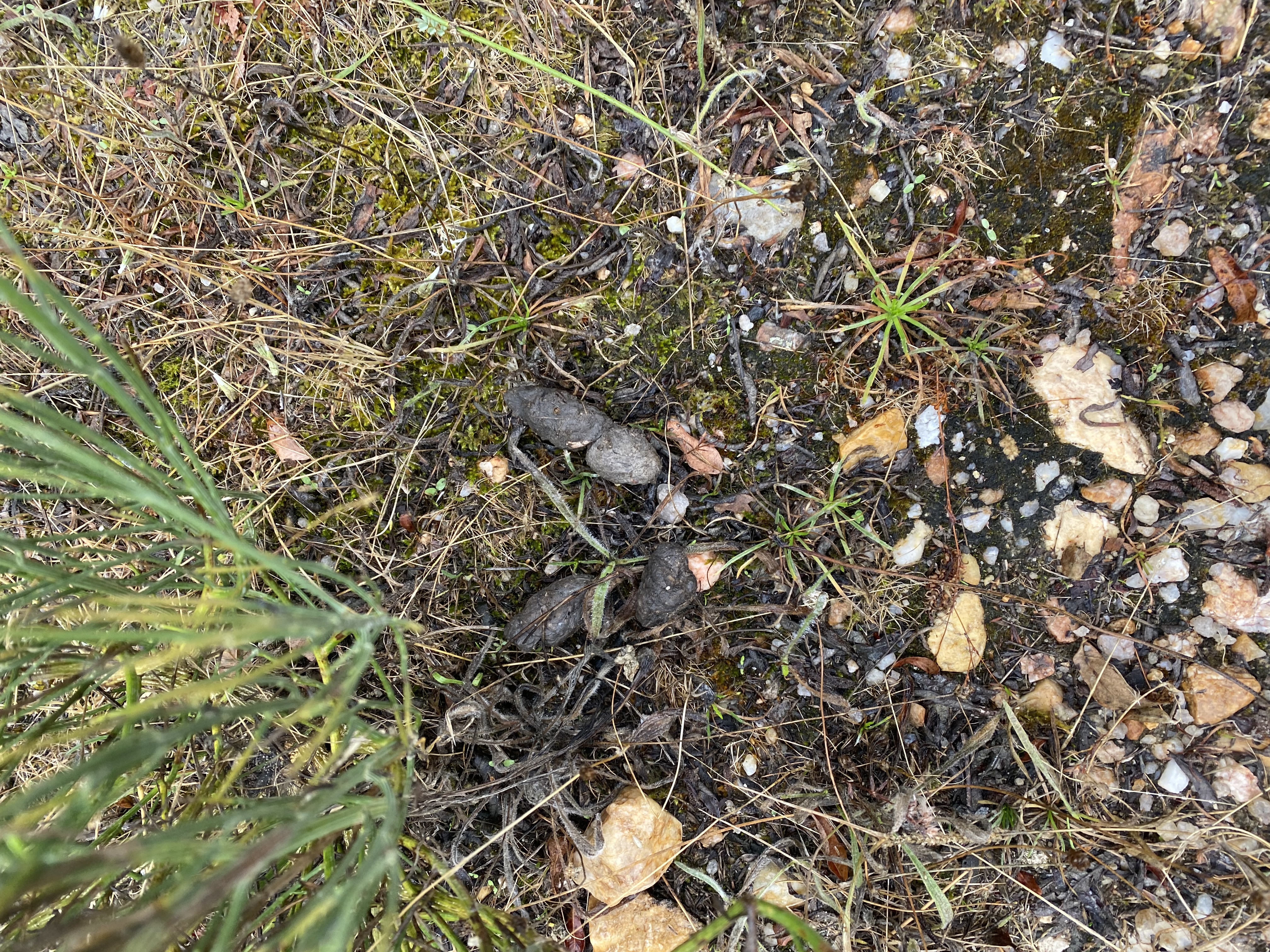
After a wonderful lunch at a newly built wildlife hide which overlooked one of the lakes at Paul de Toirões, we visited a shepherd and his livestock guardian dogs. The Rewilding Portugal team explained how the dogs are provided to farmers when they are pups so that they can bond with the herd and protect them from wolves.
Additionally, informational plaques are given to members of the scheme that inform people how to act around livestock guardian dogs, as well as explaining the LIFE WolFlux project. The team spoke about how guard dogs have reduced the risk of livestock predation from wolves and there has been an increase in positive attitudes towards the effectiveness of guard dogs.
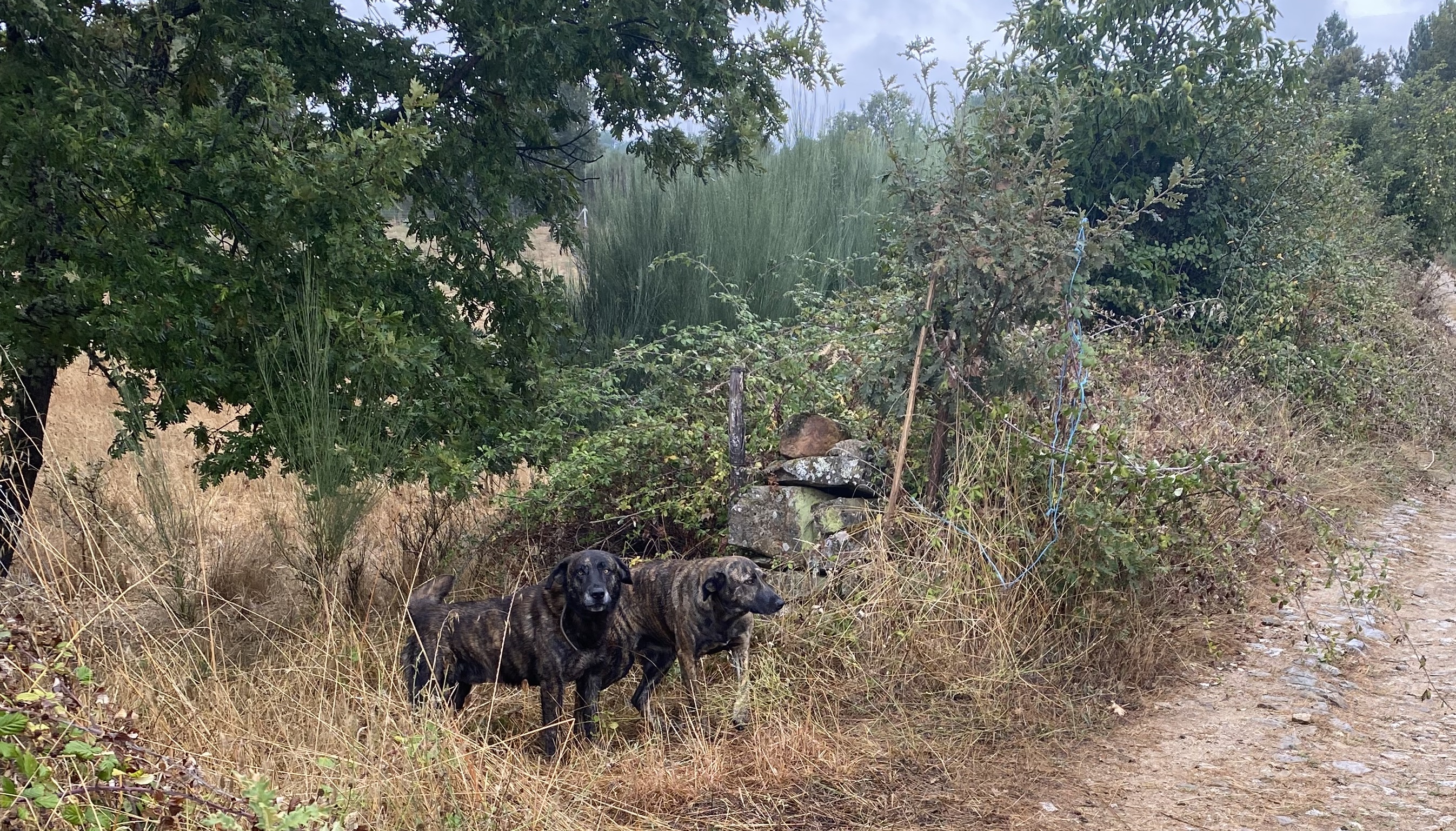
On my second day I joined Sara Aliácar (conservation project officer for LIFE WolFlux) at the office to discuss all things EU LIFE reporting. As a requirement of the funding that Saving Wildcats receives from the EU LIFE programme, we are required to report to them.
Although not exciting for most people, it was great to discuss financial reporting and timesheets with someone who also had an understanding of these important reporting requirements.
As my main responsibilities for Saving Wildcats require me to manage the finances and report to the EU, this discussion really helped me understand how my role may progress in the future. Having only joined Saving Wildcats in 2023, I still find myself getting to grips with the complexities of reporting.
Yet chatting with Sara about this was incredibly helpful and I left feel much more prepared for putting together reports in the future.
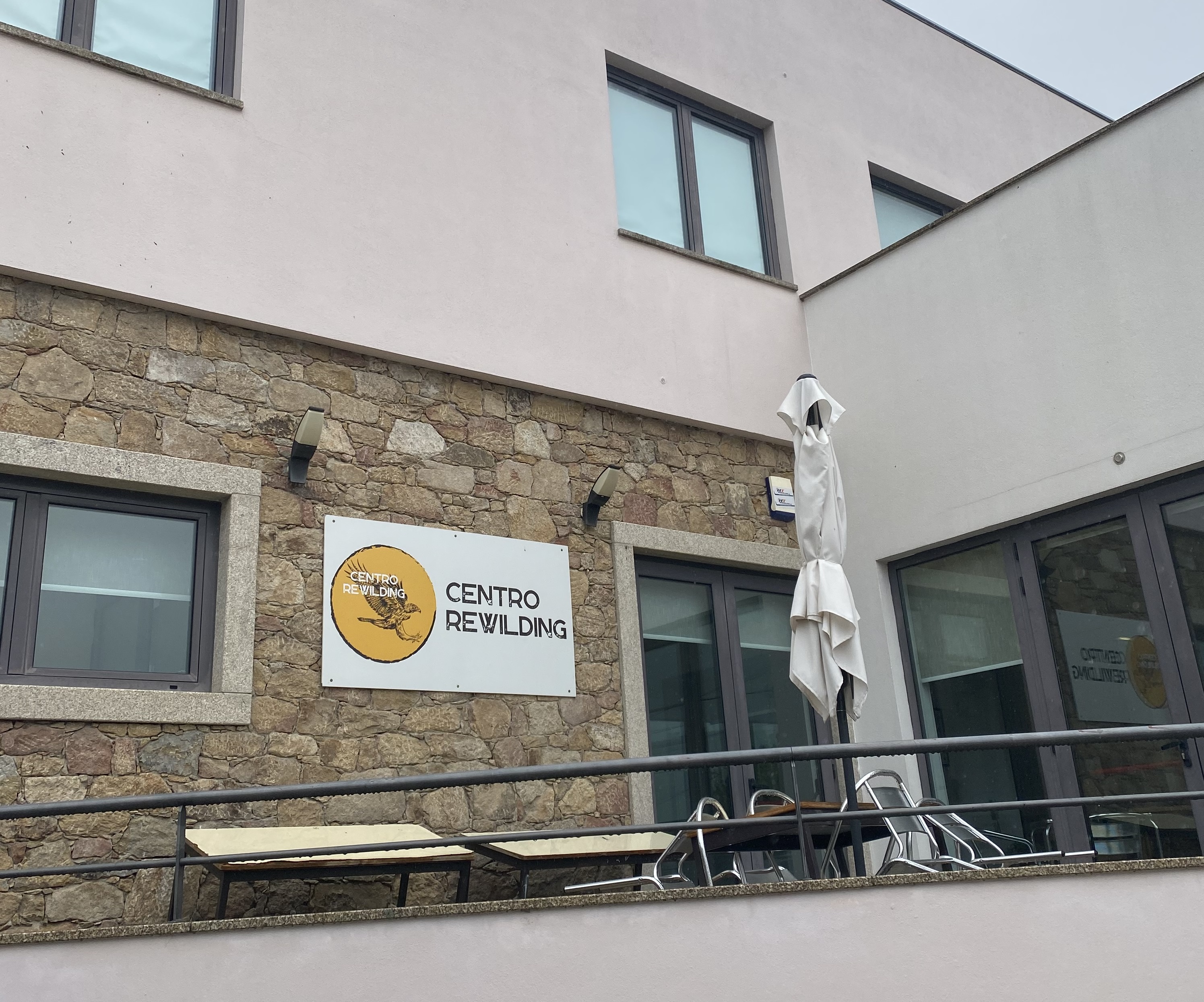
Before I knew it, the third and final day had arrived!
I drove to the office for the final time. Sara and I arranged to discuss business partnerships; Rewilding Portugal are involved in several fantastic business partnerships that promote local entrepreneurs and increase tourist engagement with the local communities.
Our chat left me excited at the opportunities we might be able to replicate here in the Cairngorms National Park. During my trip, we visited a rewilding centre in Ermo Das Águias which is managed by Rewilding Portugal. This centre acts as a local hub by providing the village with a café. It also sells local produce and provides accommodation for tourists to the area!
The Wild Côa Network is another fantastic scheme, that has 50 local businesses signed up to it. Products from these businesses are sold and promoted on Rewilding Portugal’s website, connecting tourists to sustainable businesses in the area. The work they do in the local community to increase tourism and promote sustainable practices through the Côa Wild Network, the Rewilding Centre and many of the other ways they are involved in the local area, was great to hear about!
I ended my visit by giving members of their team an update on the project, as several of them had visited Saving Wildcats last year. I shared an overview of how we work together with stakeholders and our trap-neuter-vaccinate-return programme.
We then discussed the differences and similarities in the work we both do as we both aim to improve the status of a species, but also to increase local engagement and support businesses where we can through tourism and other avenues. The discussions we had centring around these topics highlighted how many conservation projects, no matter the species they work with, face similar constraints and challenges.
After three wet and foggy days in Guarda, I returned to Scotland to share the knowledge I had gained with my team. The LIFE WolFlux team are a fantastic example of how human-wildlife coexistence can be promoted in a way that benefits everyone and the team there were incredibly welcoming and knowledgeable.
